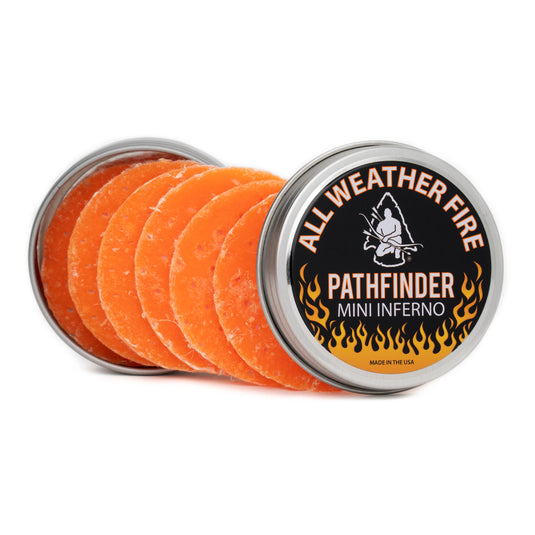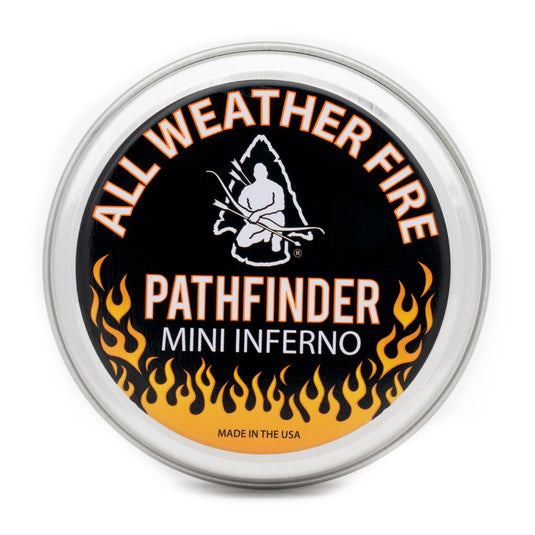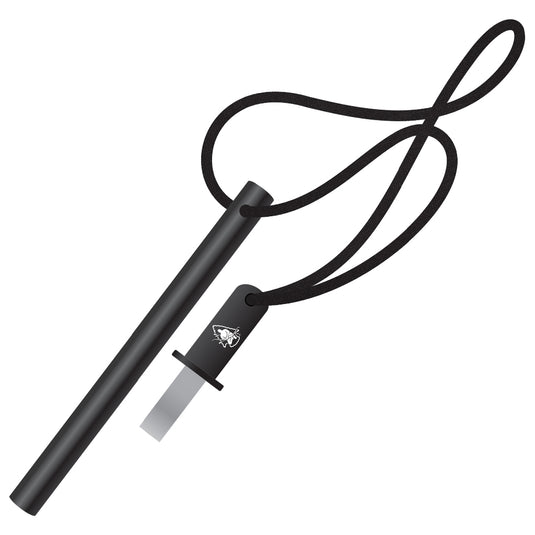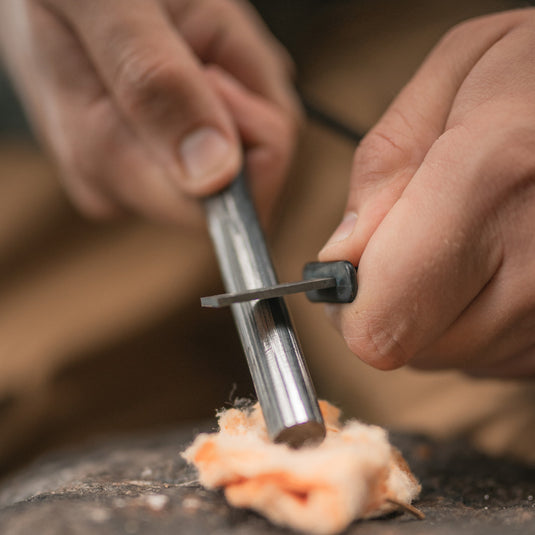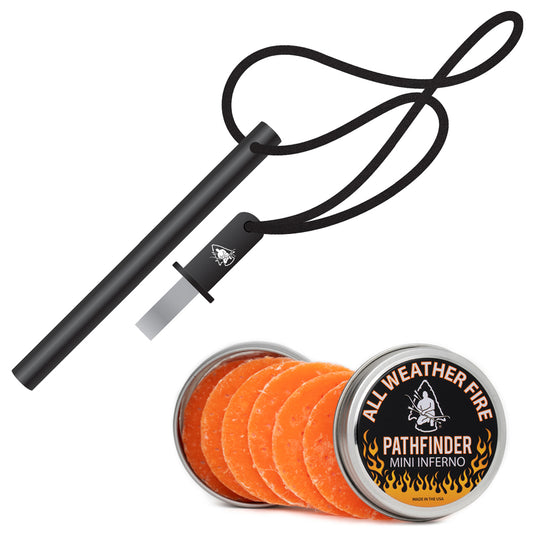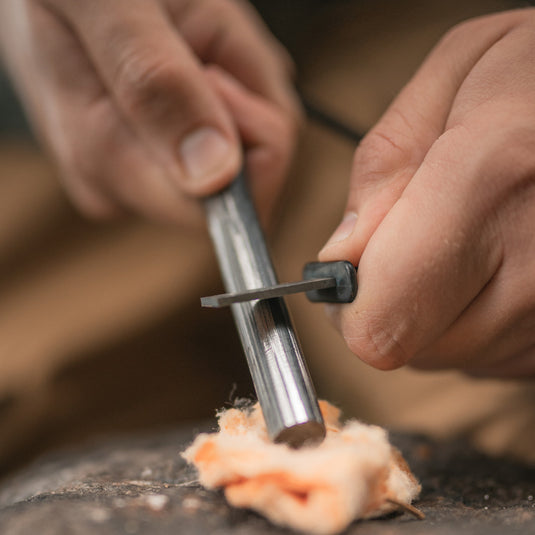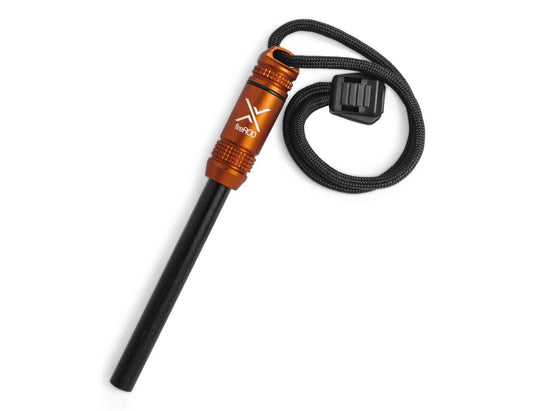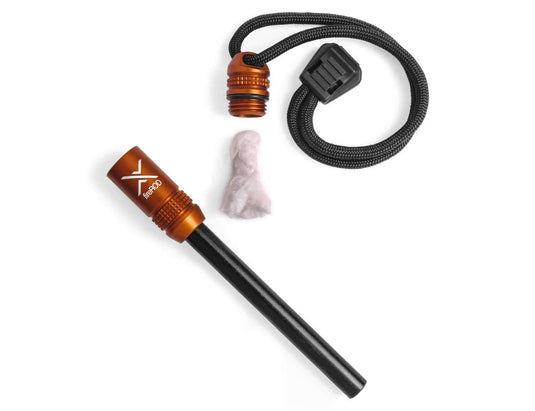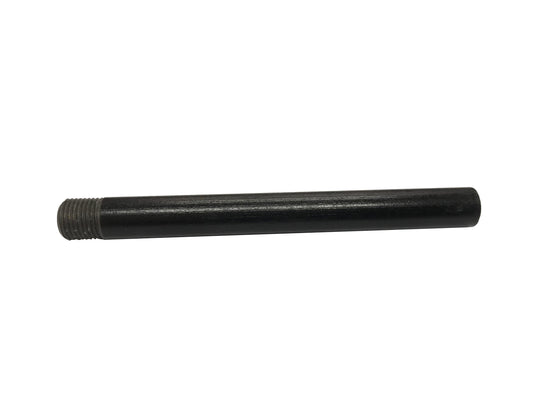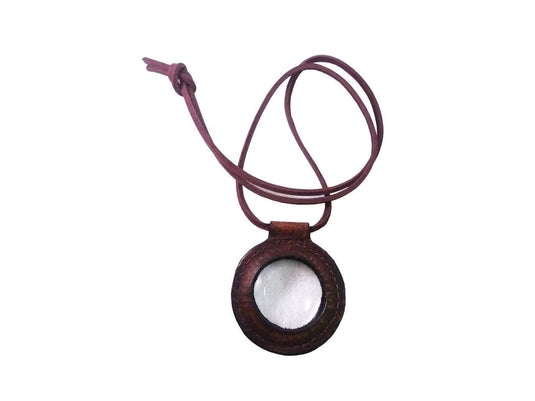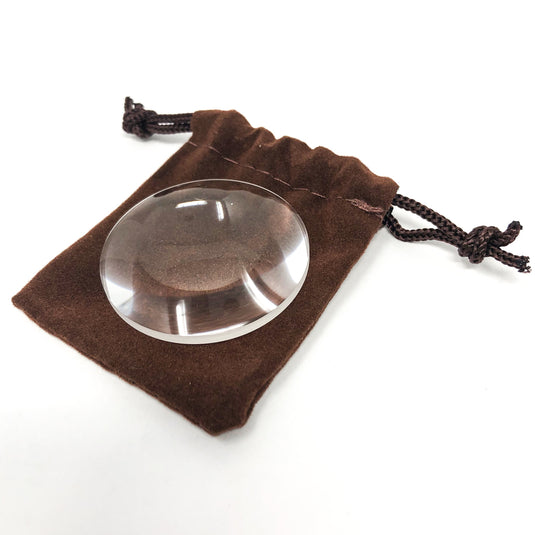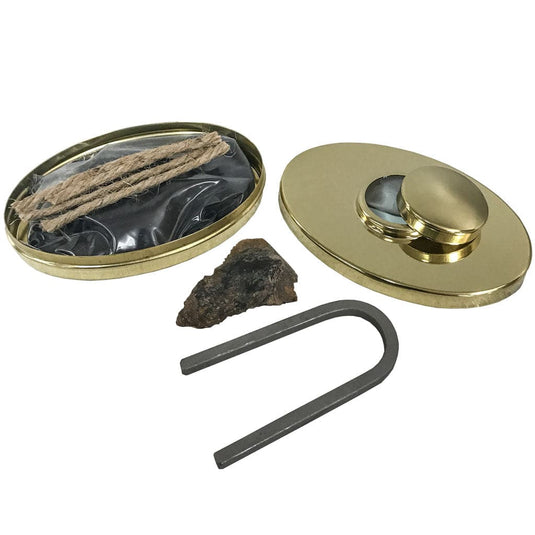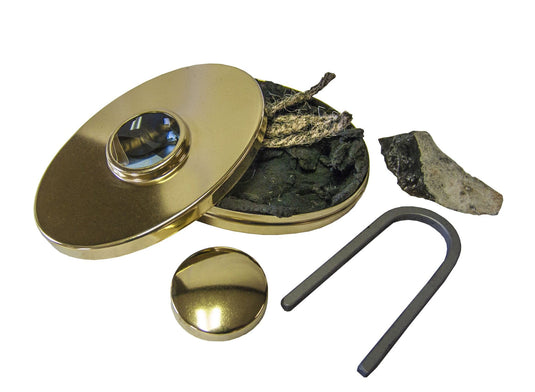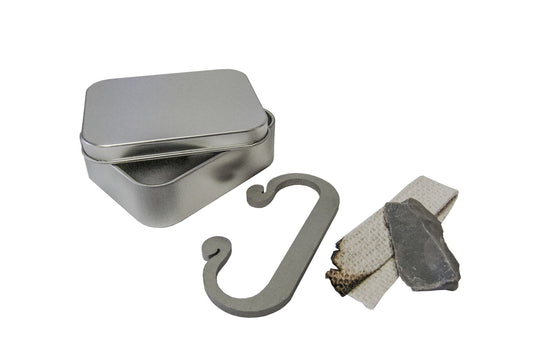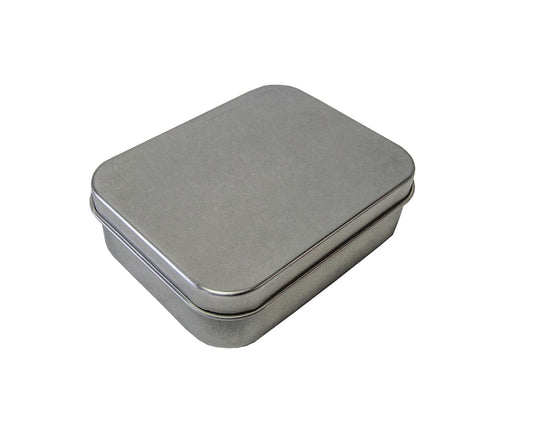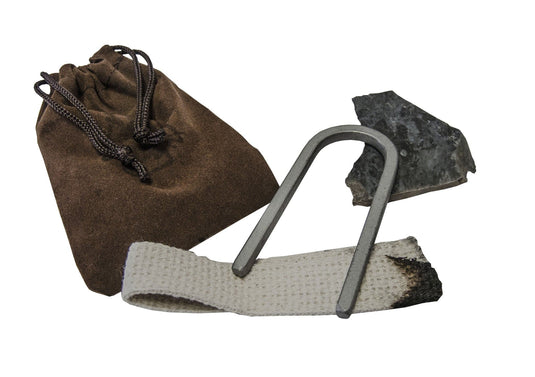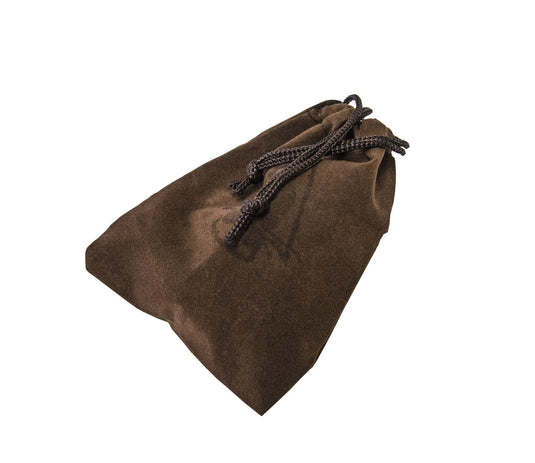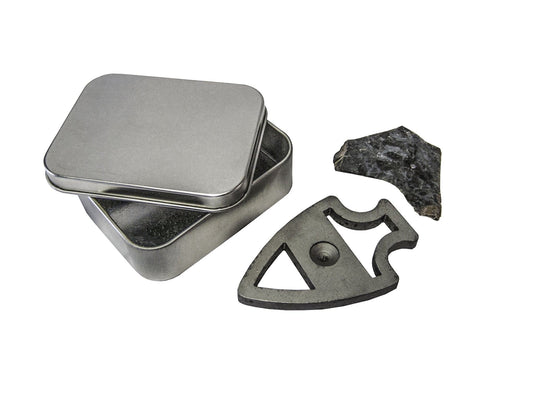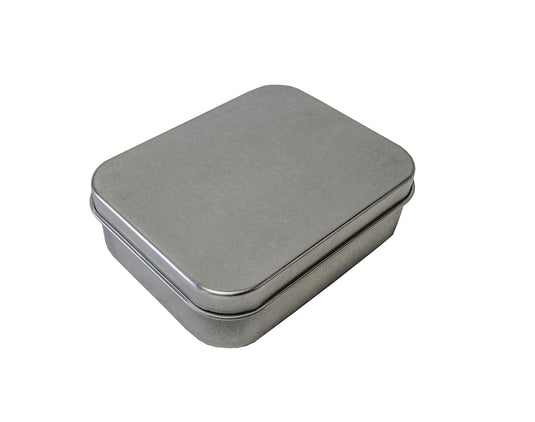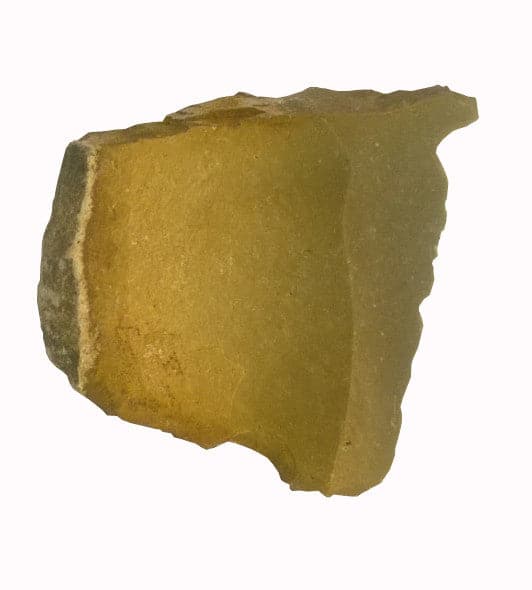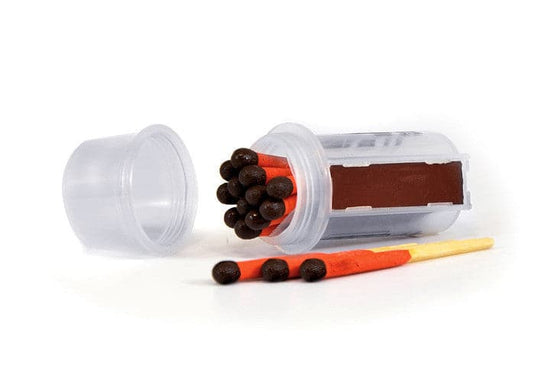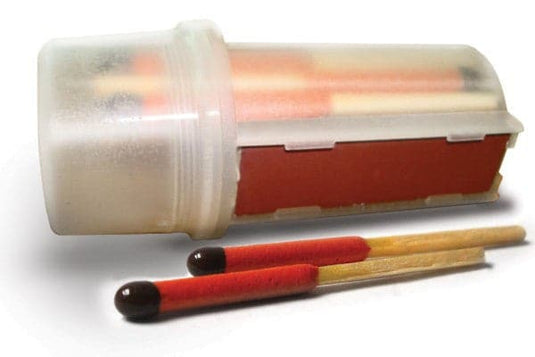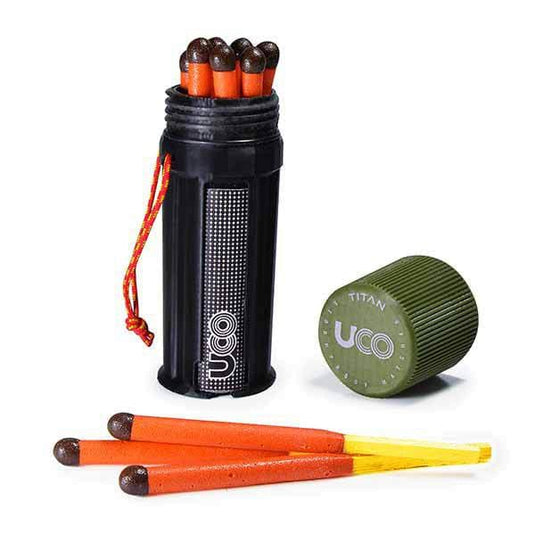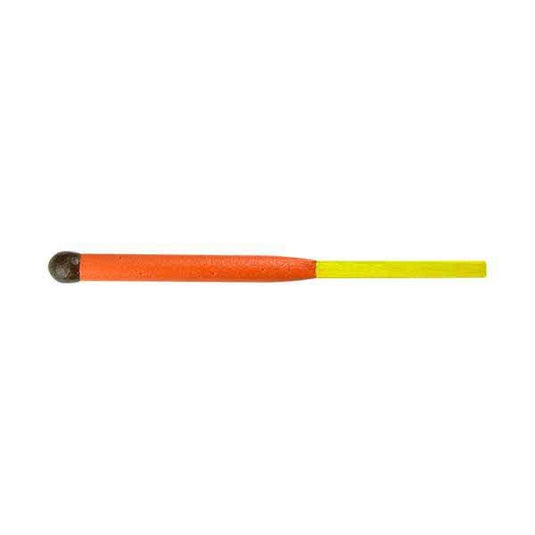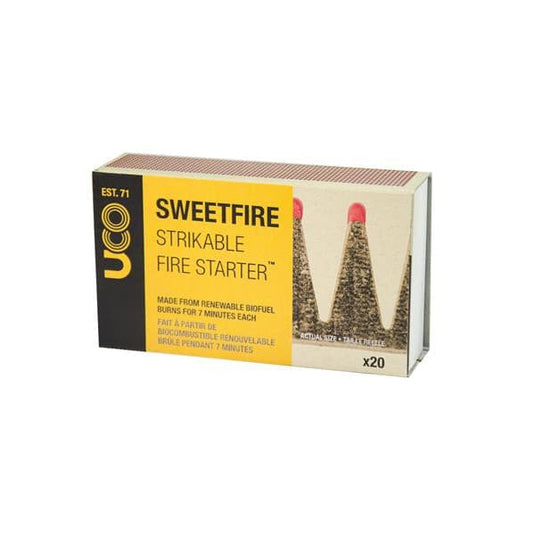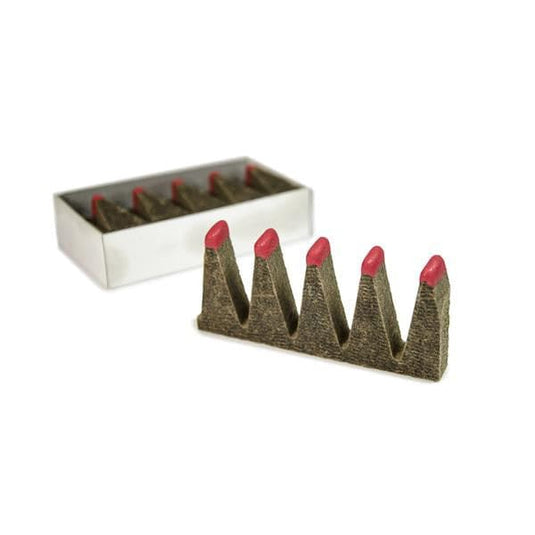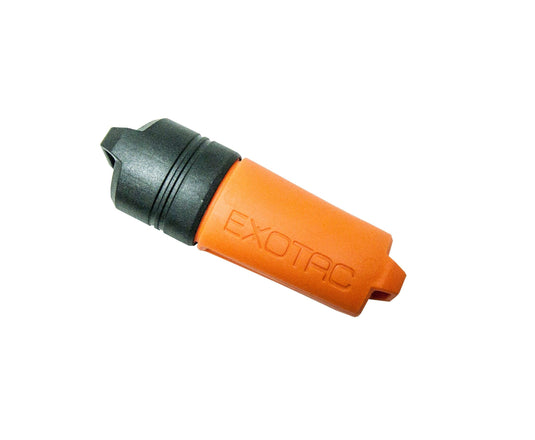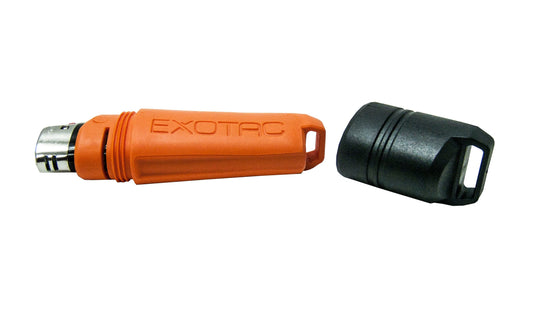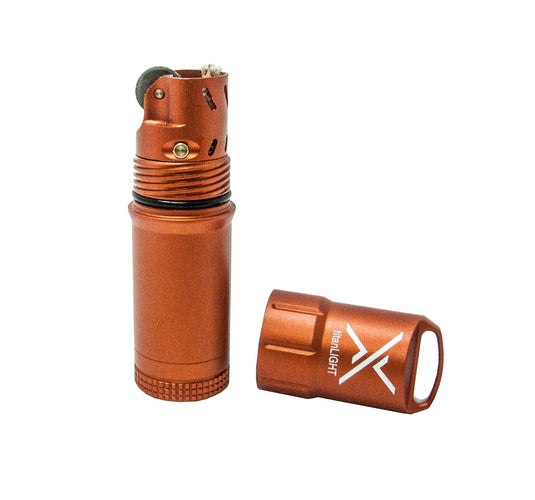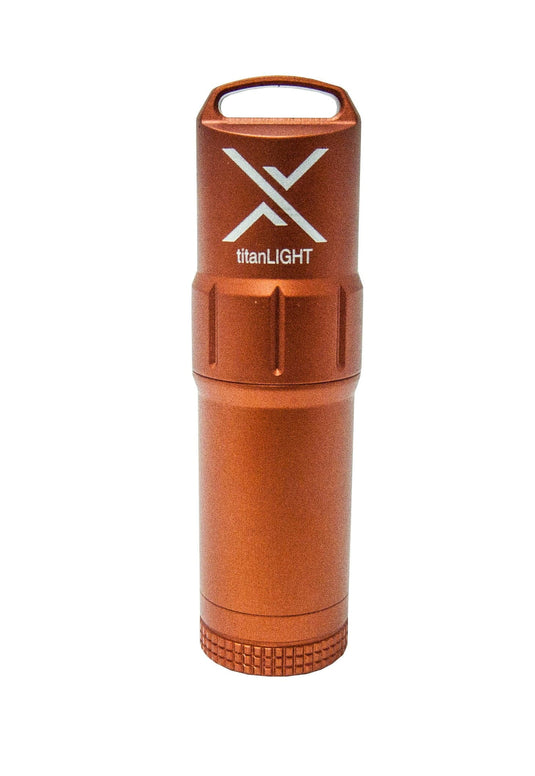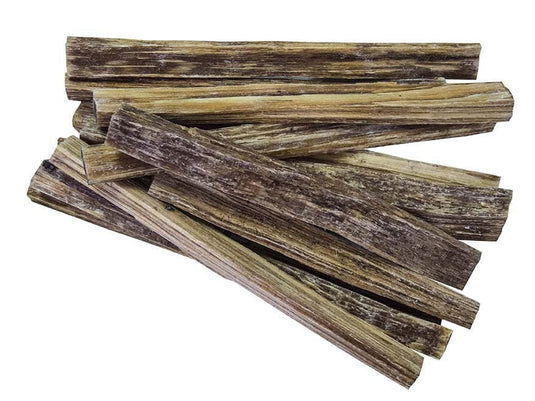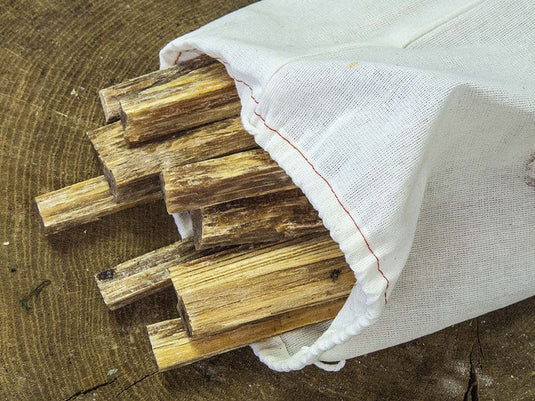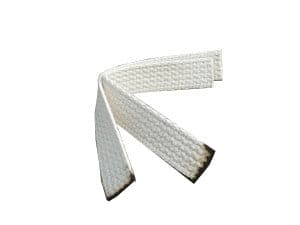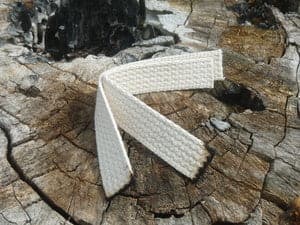Fire Starters
20 products4.92 / 5.0
(181) 181 Translation missing: en.genaral.accessibility.total_reviews
4.95 / 5.0
(159) 159 Translation missing: en.genaral.accessibility.total_reviews
4.75 / 5.0
(8) 8 Translation missing: en.genaral.accessibility.total_reviews
5.0 / 5.0
(1) 1 Translation missing: en.genaral.accessibility.total_reviews
4.78 / 5.0
(32) 32 Translation missing: en.genaral.accessibility.total_reviews
4.85 / 5.0
(131) 131 Translation missing: en.genaral.accessibility.total_reviews
4.8 / 5.0
(51) 51 Translation missing: en.genaral.accessibility.total_reviews
4.83 / 5.0
(141) 141 Translation missing: en.genaral.accessibility.total_reviews
4.65 / 5.0
(69) 69 Translation missing: en.genaral.accessibility.total_reviews
4.7 / 5.0
(71) 71 Translation missing: en.genaral.accessibility.total_reviews
4.76 / 5.0
(33) 33 Translation missing: en.genaral.accessibility.total_reviews
5.0 / 5.0
(6) 6 Translation missing: en.genaral.accessibility.total_reviews
5.0 / 5.0
(3) 3 Translation missing: en.genaral.accessibility.total_reviews
4.83 / 5.0
(12) 12 Translation missing: en.genaral.accessibility.total_reviews
4.83 / 5.0
(6) 6 Translation missing: en.genaral.accessibility.total_reviews
4.55 / 5.0
(20) 20 Translation missing: en.genaral.accessibility.total_reviews
4.9 / 5.0
(10) 10 Translation missing: en.genaral.accessibility.total_reviews
4.98 / 5.0
(44) 44 Translation missing: en.genaral.accessibility.total_reviews
5.0 / 5.0
(6) 6 Translation missing: en.genaral.accessibility.total_reviews
Why Use a Fire Starter?
A fire starter is crucial for outdoor survival due to its reliability and longevity compared to traditional matches or lighters. Matches can get wet, and butane lighters often fail at high elevations. Fire starters like ferro rods or magnesium blocks provide thousands of strikes, ensuring a dependable ignition source even in adverse conditions. This makes them a vital addition to your camping gear, especially in unexpected weather or emergency situations.
The longevity of most fire starters is a significant advantage. While a butane lighter may last about a year and a box of matches holds only around 50 matches, a ferrocerium rod (ferro rod) fire starter can endure 8,000 to 10,000 strikes. Similarly, a magnesium fire starter offers about 3,000 strikes. This durability ensures you have a reliable way to start a fire over an extended period, making fire starters an essential tool for any outdoor adventure.
How Do You Use a Fire Starter?
Using a fire starter involves understanding the basic principles and following specific steps to ensure a successful ignition. Fire starters like flint and steel, or striker and ferro rods, work by creating sparks through friction. Here’s a detailed guide on how to use them:
Prepare the Materials
Gather dry tinder (such as dryer lint, cotton balls, Mini Inferno Fire Discs, or Fatwood), kindling (small sticks), and fuel (larger logs). Ensure the area is cleared of any flammable materials and that everything is within reach.
Prepare the Area
Arrange your tinder in a small pile. Construct a teepee shape with kindling around the tinder, leaving space for airflow. If there is not already a structure for the fire, create a ring of rocks to contain it.
Use the Fire Starter
Hold the ferro rod in your non-dominant hand and the striker in your dominant hand. Position the striker at a 45-degree angle to the ferro rod. Strike the rod with a quick, firm motion to produce sparks directed at the tinder. The process is very similar for flint and steel, where you will hold the flint as the rod and the steel as a striker.
Ignite the Tinder
Once the tinder catches fire, gently blow on it to encourage the flame. Gradually add kindling to sustain the fire, followed by larger fuel pieces.
Maintain the Fire
Continue to feed oxygen to the fire by fanning or using a small bellow. As the fire grows, add larger logs or branches to maintain the flame.
Safety Precautions
Always supervise the fire to prevent sparks from igniting nearby combustible materials. Ensure the fire is fully extinguished before leaving the area.
Fire starters are reliable and durable tools for igniting fires in various conditions, making them essential for outdoor activities like camping and hiking. Practicing their use beforehand can ensure proficiency when needed and safe usage in the future.
How Do You Choose the Right Fire Starter?
Choosing the best fire starter for you depends on several factors, including the type of outdoor activity, the environment, and your personal preferences.
Type of Activity
A compact and lightweight fire starter is ideal for hikers and backpackers. Ferro rods are popular due to their ease of use and reliability. A larger ferro rod that produces ample sparks is suitable for car campers. If you're adding to an emergency preparedness kit, opt for a waterproof fire starter with a protective case like our Stormproof match kits and CandleTin.
Materials and Durability
Fire starters made from ferrocerium (ferro rods) are effective and durable, providing thousands of strikes. Magnesium fire starters also work well but require more effort, as you need to shave off magnesium to ignite. Flint and steel can create sparks but are generally less reliable than ferro rods. Stormproof match kits and Exotac lights are easy to use since they are familiar.
Size and Weight
Lightweight fire starters are essential for backpacking. Compact designs are easier to carry, while larger fire starters might include additional features like a compass or whistle.
Weather Resistance
Waterproof fire starters are crucial in wet conditions. Ferro rods and magnesium blocks should come with protective cases to ensure they work when needed. Ferro rods that are at least 1 inch long are more effective in windy conditions, as they can produce larger, more precise sparks.
Ease of Use
Choose a fire starter that is easy to use, especially if you're new to fire starting. Practice using it before your trip to ensure you can start a fire quickly and efficiently.
By considering these factors, you can select a fire starter that best suits your needs and ensures you are prepared for any outdoor scenario.
What are the types of fire starters?
There are three main types of fire starters: flint and steel, ferrocerium rods, and magnesium bars. Each serves a unique purpose in various scenarios, making it an essential component of a fire-starting kit.
Flint and Steel
Flint and steel is a traditional fire-starting method that uses hard rocks like quartzite or chert and a high-carbon steel striker. The steel striking the rock creates tiny metal particles that ignite upon oxidation. Although it produces dull sparks that require charred material to catch fire, its simplicity and availability make it a reliable option.
Ferrocerium Rods (Ferro Rod)
Ferro rods produce extremely hot sparks, making them efficient for igniting dry tinder. Constructed from a mix of metals, including cerium, they provide numerous sparks per strike. Ferro rods may come with or without strikers and often include features like waterproof tinder storage.
Magnesium Bars
Magnesium bars combine a block of magnesium with an attached ferro rod. Shavings from the magnesium ignite easily when struck by the ferro rod, creating a hot flame. Although time-consuming and requiring additional tinder, magnesium bars are effective in various conditions.
Each fire starter has unique benefits and use cases, making them suitable for different outdoor scenarios. Choosing the right one depends on your specific needs and environment.
Is Kindling the Same as a Fire Starter?
Kindling and fire starters are not the same. Kindling refers to small sticks or twigs used to ignite larger pieces of wood, whereas fire starters are tools or materials used to create the initial flame that ignites the kindling.
Are There Any Specific Skills or Techniques Required to Use a Fire Starter?
Yes, effectively using a fire starter requires some skills and techniques. For instance, striking a ferro rod with a firm, quick motion to create sparks is crucial. Practicing these techniques before heading outdoors is crucial.
Is This Fire Starter Environmentally Friendly? Are There Any Toxic Chemicals Involved?
Most traditional fire starters, such as ferro rods, flint and steel, and magnesium bars, do not involve toxic chemicals and are generally environmentally friendly. However, always check the specific product details to ensure no harmful substances are included.
Can firestarters work effectively in adverse weather conditions?
Fire starters can work in adverse weather conditions, unlike matches and lighters, which often fail when wet, cold, or at high altitudes. Ferro rods and magnesium bars are particularly reliable in such situations.
Ferro rods produce hot sparks that can ignite even damp tinder, while magnesium shavings burn intensely, helping to light a fire in windy, rainy, or damp conditions.
Additionally, many fire starters come with waterproof cases, ensuring they remain functional in harsh environments. Thus, selecting the right fire starter can provide crucial reliability in challenging outdoor conditions.

PCI compliant and a Verified Authorize.net Merchant
We accept Visa, Mastercard, Discover, AMEX, and PayPal
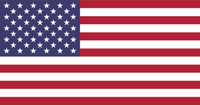
We are American Owned & Operated since 2010
© Self Reliance Outfitters™ - A Division of The Pathfinder School, LLC.
Indianapolis, IN, USA - All Rights Reserved.

